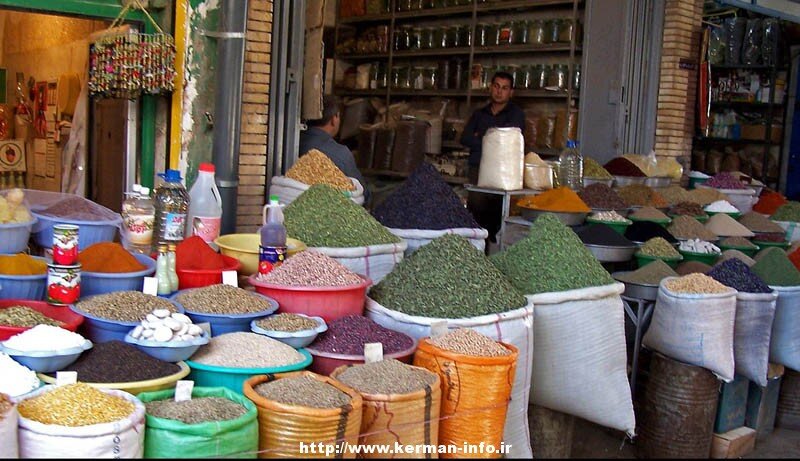In Focus: Grand Bazaar of Kerman

As one of the oldest trading centers in Iran, the grand Bazaar of Kerman embraces a variety of mazes, intersections, entrances, and passageways.
The main thoroughfare of the bazaar is made up of some smaller marketplaces. Most of its covered structures are associated with the Safavid era (1501–1736), though the history of trade in there is rooted much deeper in time.
The Kerman Bazaar with is beautiful manifestation has left as a memorial from the ancient periods and its architecture characteristics astonish the eyes of every visitor. Stretching for 1200m from Tohid Sq(Arg Sq) northeast to Shohada Sq (Moshtag Sq), Kerman’s Grand Bazaar is one of the oldest trading centers in Iran.

Architecture of the bazaar reflects the geographical conditions and climatic circumstances of Iran in the past. Such architecture works indicate the style of architecture in the Sassanid era. The bazaar comprises of various rows or alleys such as Arg, Ganj Ali Khan, Ekhtiyari, Sardari, Vakil, Attari, Qadam Gah and Mozaffari rows.

In the Iranian culture, bazaars have been traditional public spaces in the Iranian cities with great contributions to commercial activities in the urban life meanwhile their extended activates can be traced to social, cultural, political, and religious roles.

Kerman has long been a melting pot for people passing between Persia and the Indian subcontinent. UNESCO describes Kerman as “one of the important locations that connect West to East, and North to South.”
AFM/
Leave a Comment